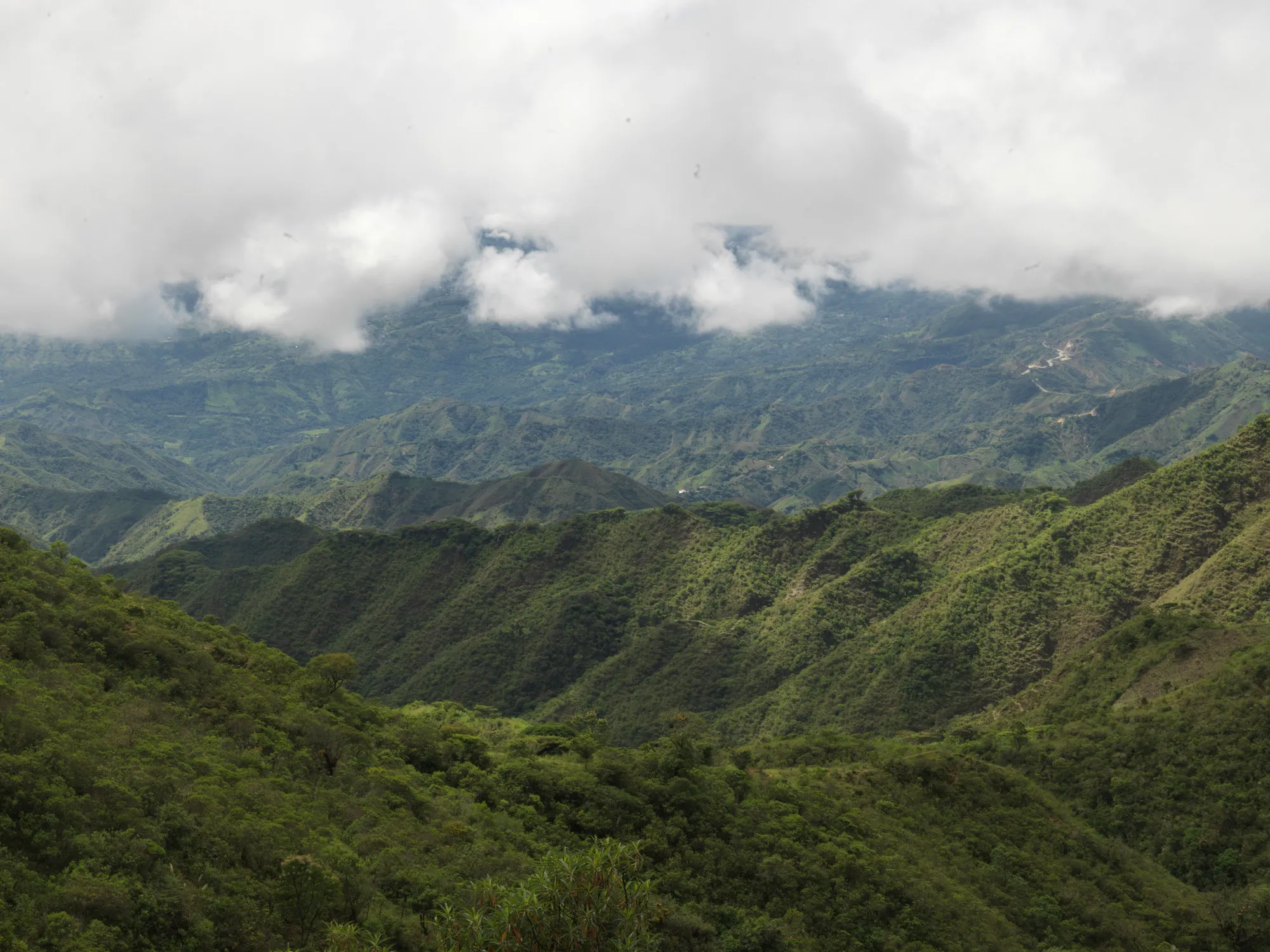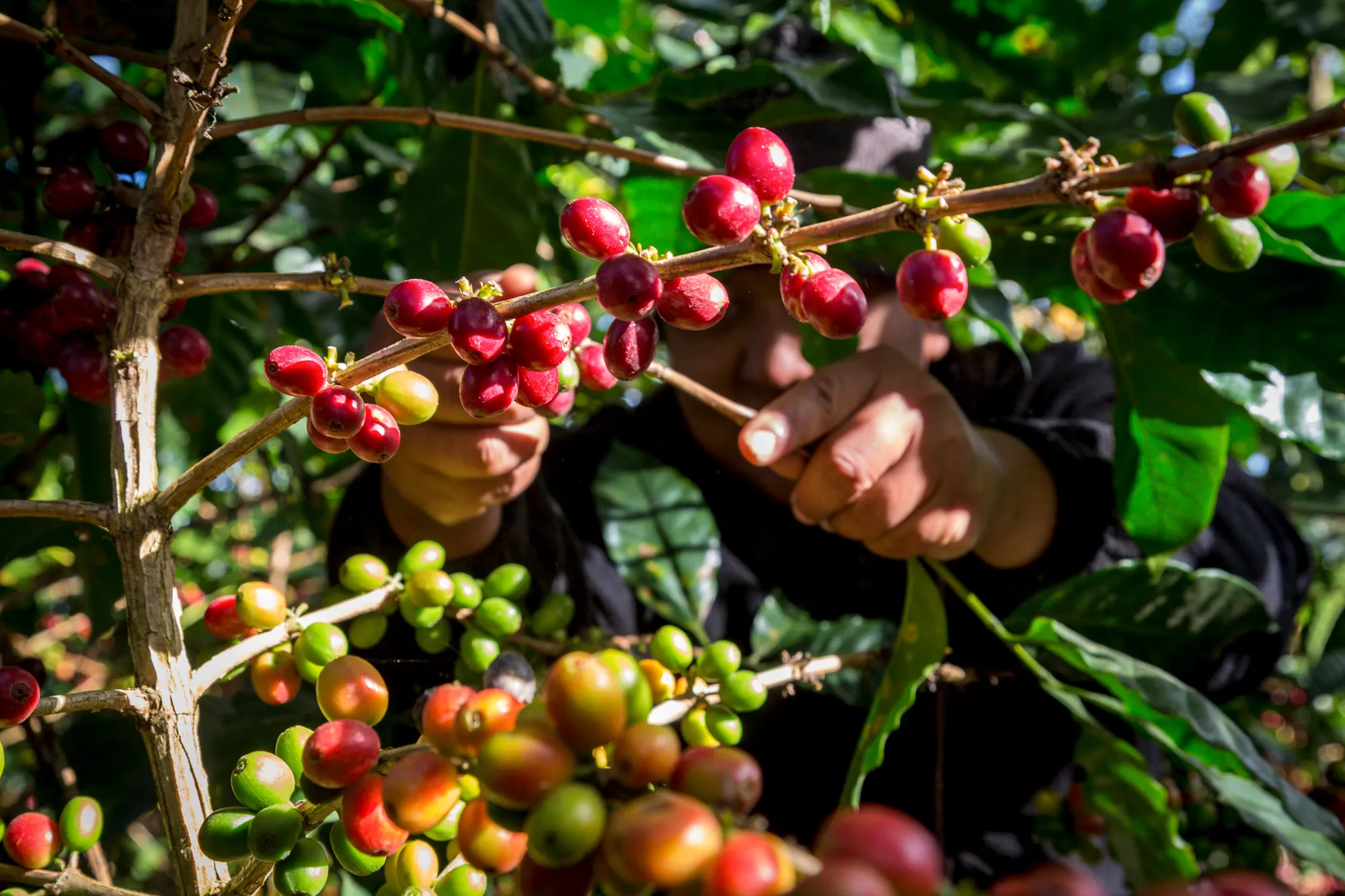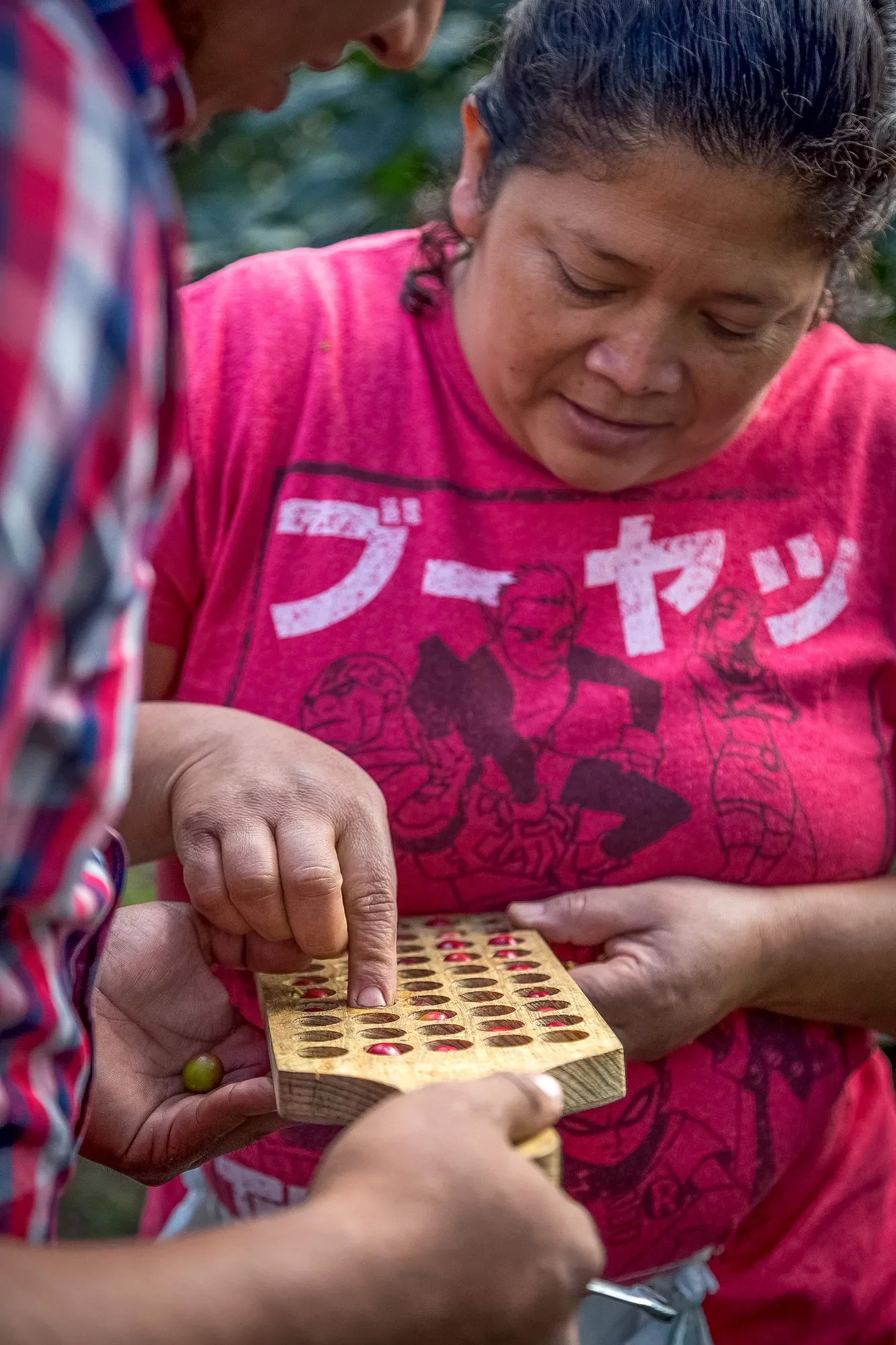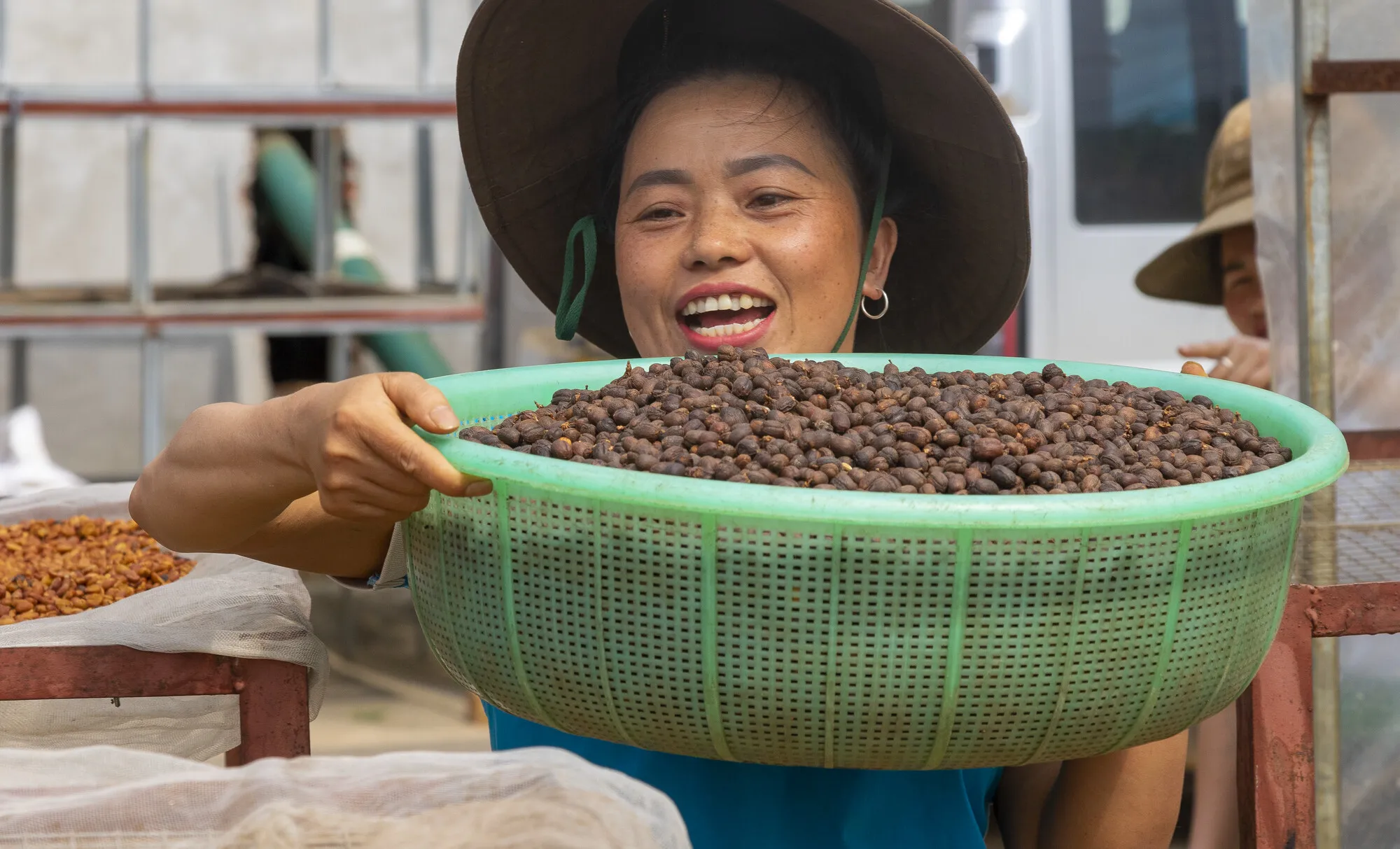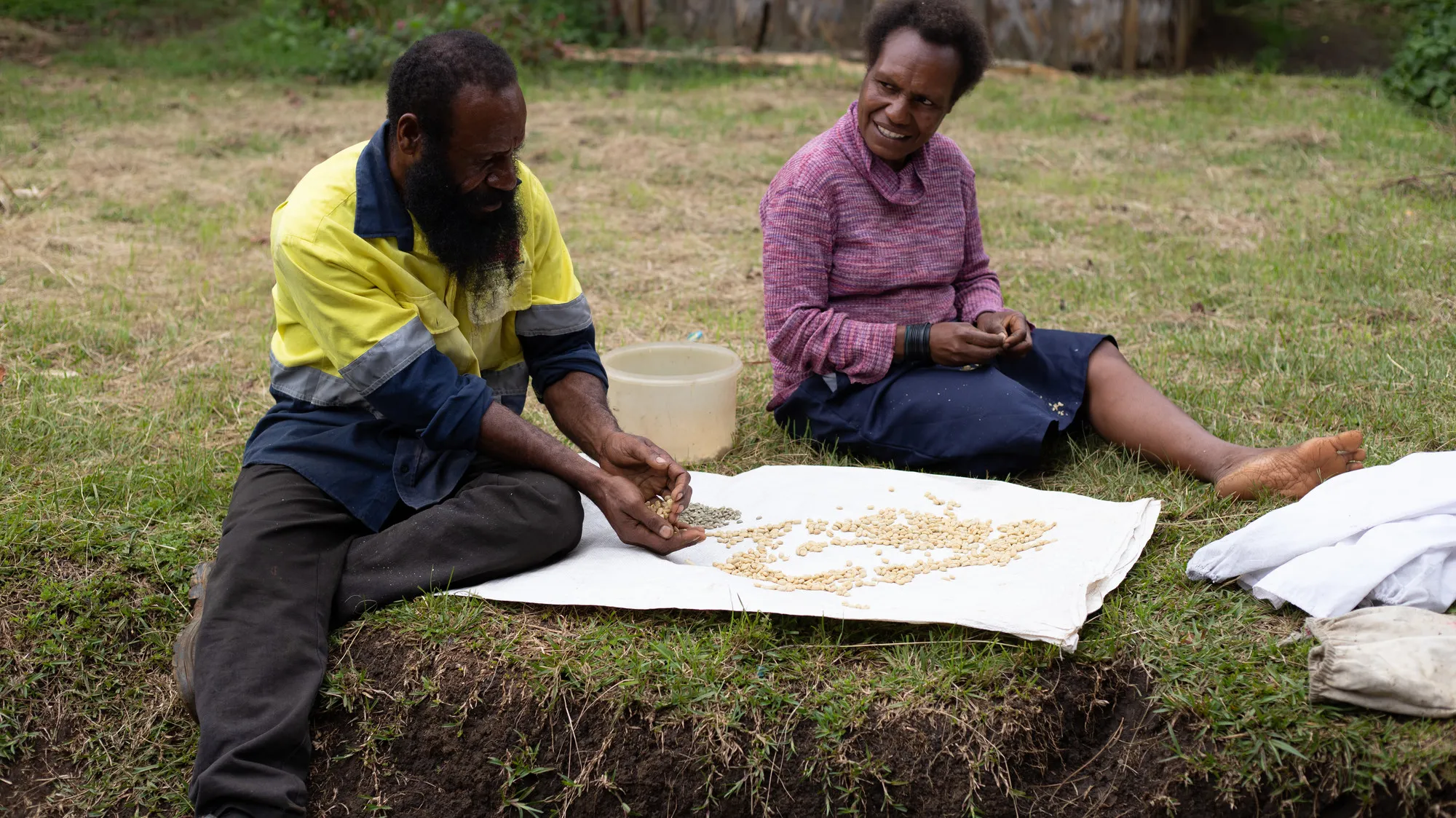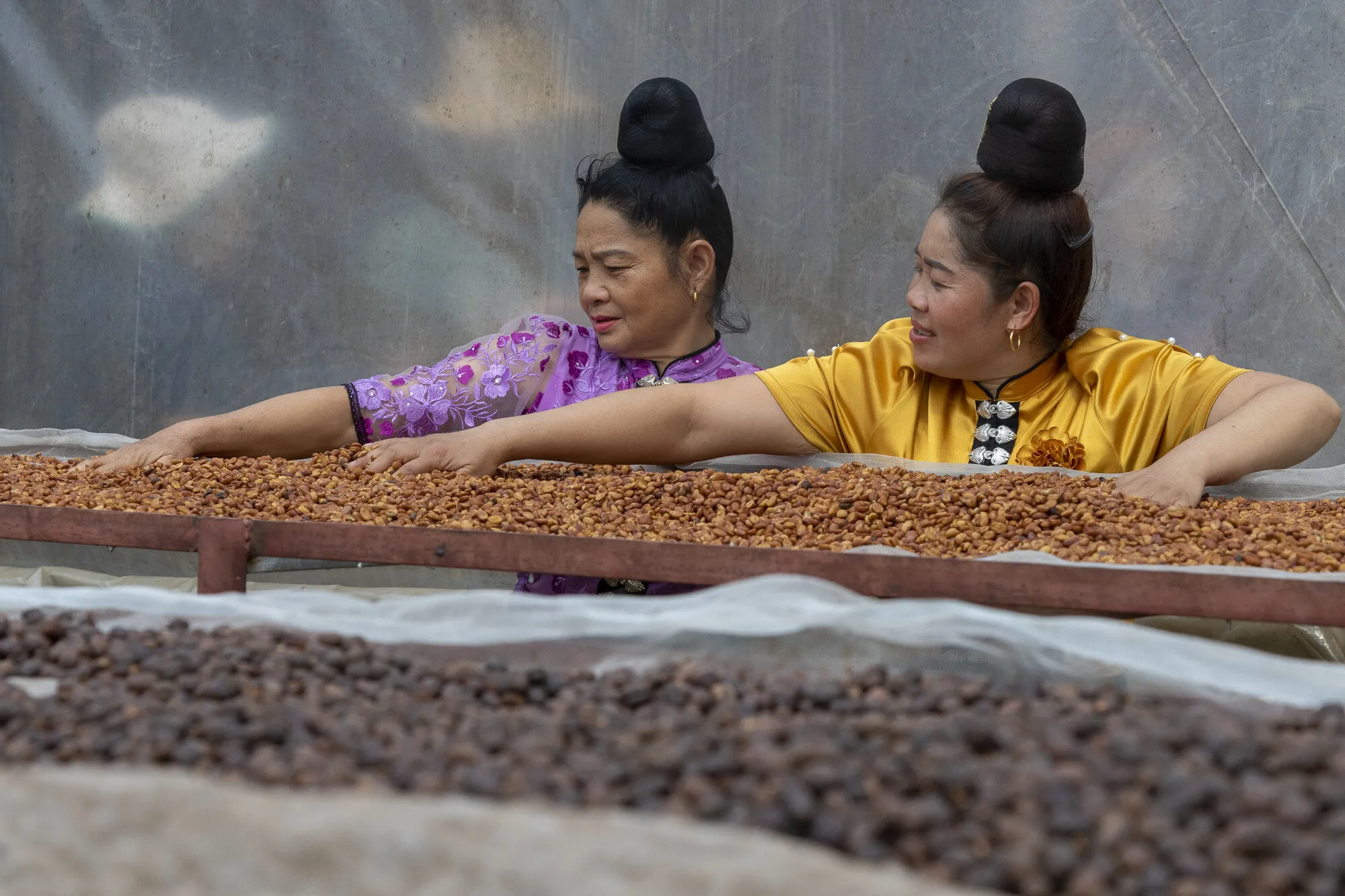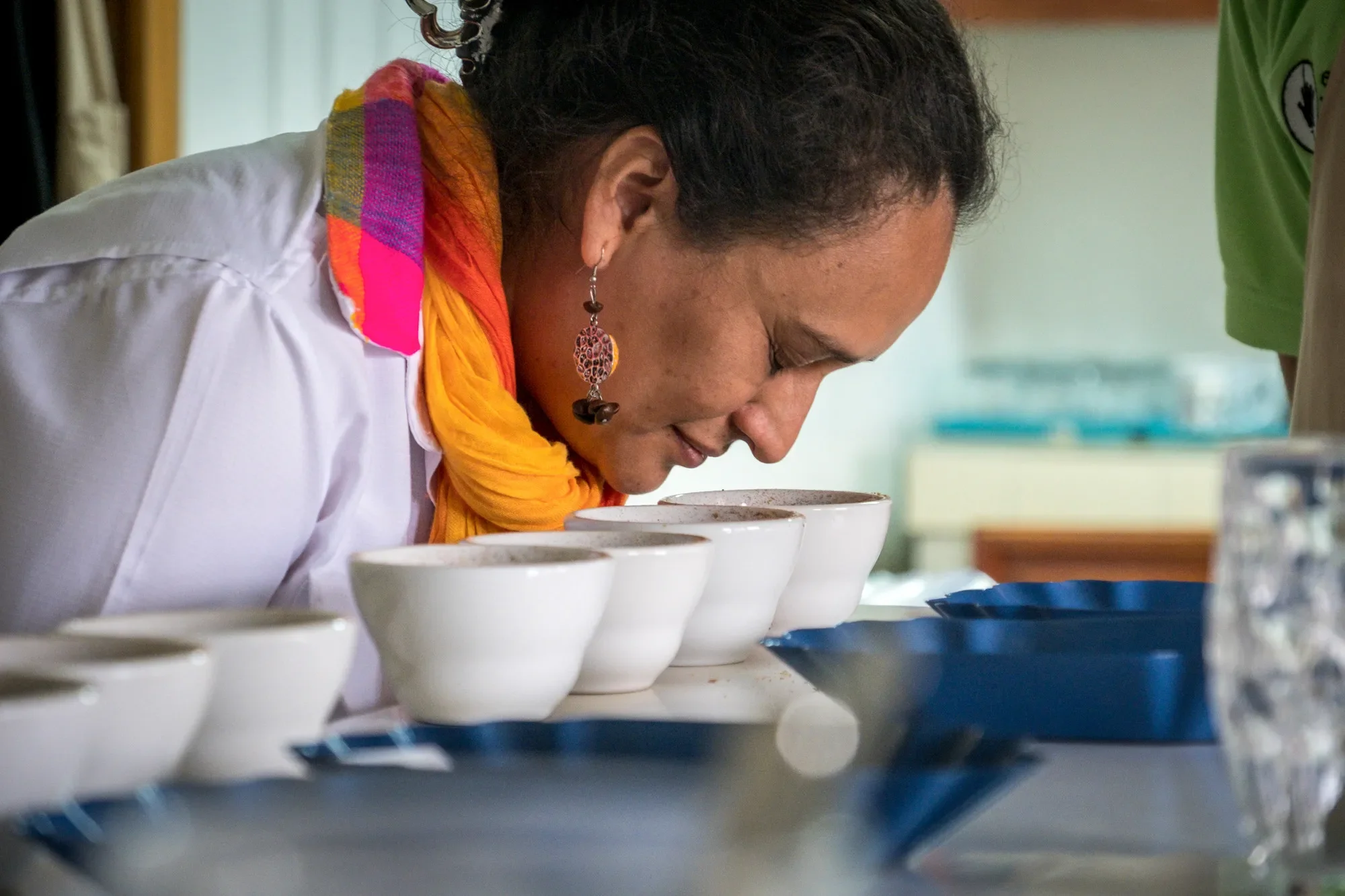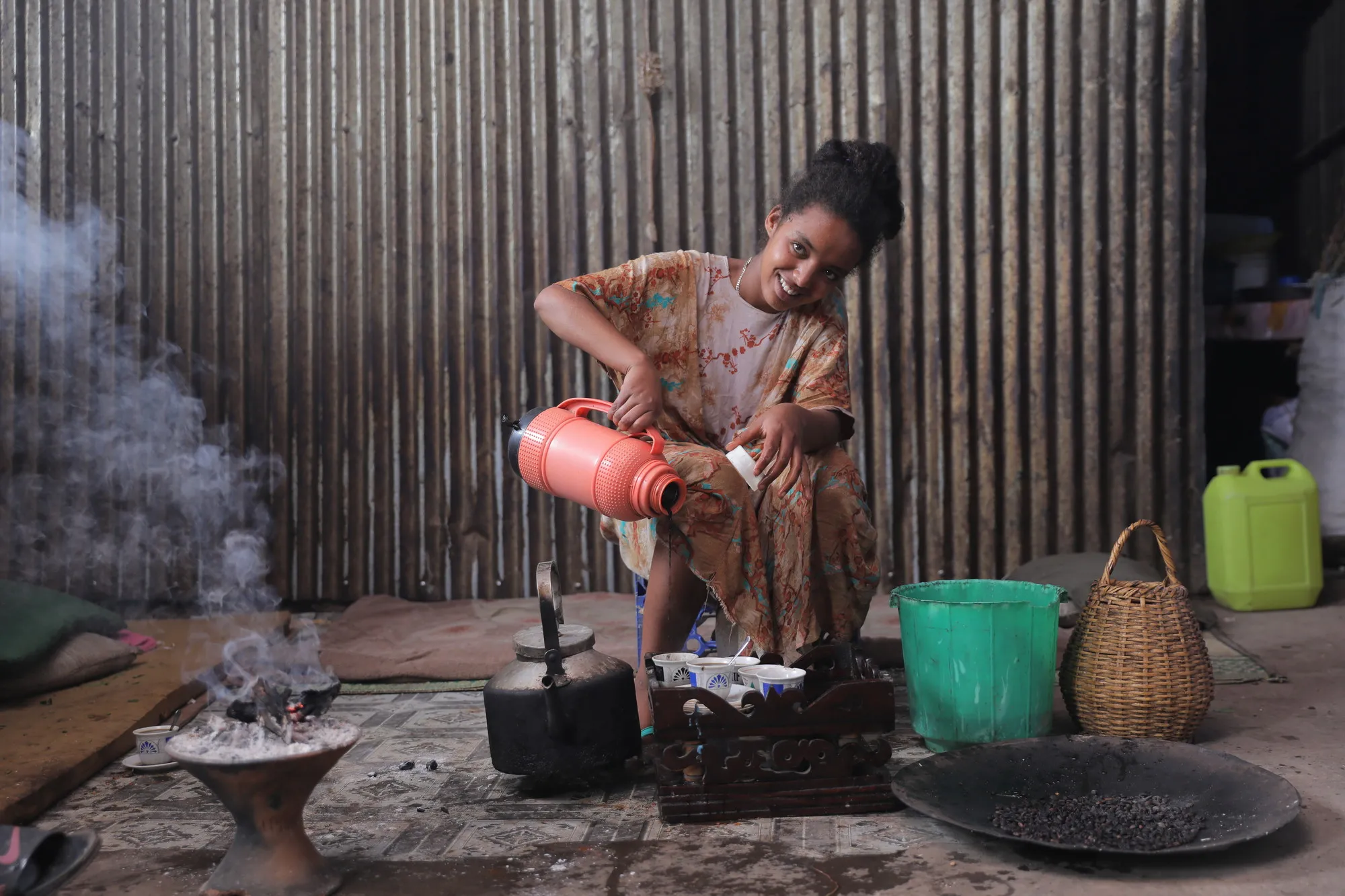And yet, according to the International Coffee Organization, the same issues affecting other agricultural sectors also affect coffee farms. Across the board, women have less access to land, to credit, and to the information needed to make their businesses successful. According to the ICO’s report on gender equality: “This often results in a measurable gender gap in economic outcomes, including yields, productivity, and farm income.”
According to research by CARE and others, when gender gaps like these are closed, families, communities, and entire countries benefit.
On Oct. 1, International Coffee Day, CARE celebrates the people supplying the beverage that enables so many to face their days with renewed energy, while continuing to call for equality and empowerment for the women doing the majority of the work.

